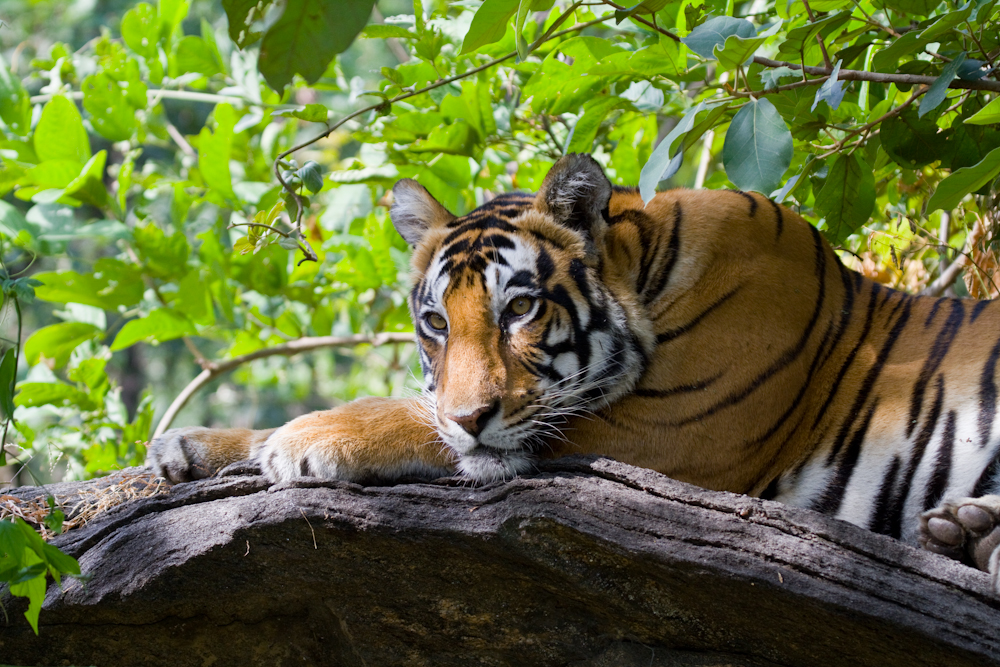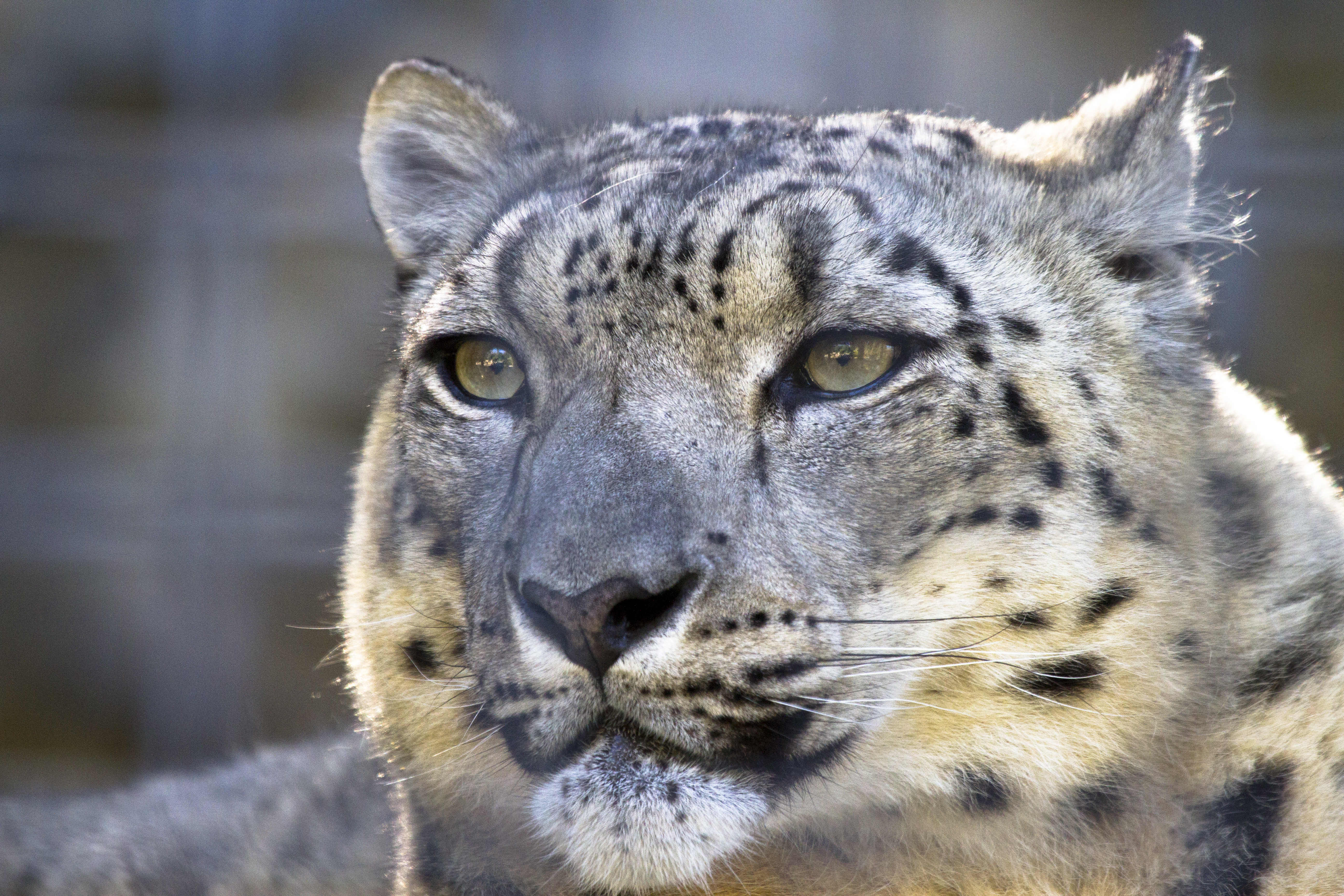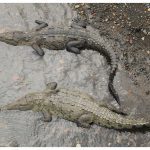Last Updated on July 19, 2022
Seeing big cats in the wild is the dream of every wildlife lover, but it is also something that only very few people in the world ever get to experience. Not only aren’t there many wild cats left in the wild, but the places where you can see them roam freely aren’t easy to reach – they are far away, mostly ‘off the beaten trail’, and expensive to get to.
And yet there is something so captivating and majestic about seeing especially the five largest big cats – tigers, lions, leopards and snow leopards, and jaguars (those are the ones that can roar) – and smaller ones like cheetahs and pumas (those are the ones that aren’t able to roar) in the wild, that wildlife lovers add it to their bucket lists.
Every year, the population of big cats in the wild shrinks, which makes seeing them in their natural habitat even more exclusive. If seeing big cats roam freely is on your bucket list, here the five best places in the world to see big cats in the wild:
Where to see big cats in the wild
1 Lions, Cheetahs and Leopards: Tanzania and Kenya
If you want to see as many different big cats as possible in one trip, Africa is the place for you. On the entire African continent, there are now fewer than 25,000 left – a rapidly disappearing population because of hunters and a rising human population claiming their land, and you have to visit a wildlife conservancy to hear lions roar in the wild, or even better, watch them hunt. Seeing lions is almost guaranteed on any African safari, which usually promise sightings of the Big Five (elephants, lions, leopards, rhinoceros, African buffalo).
Tanzania is the African country that has the largest numbers in terms of wildlife, especially if you want to see cheetahs, which are the world’s fastest mammal, with sprints that can reach up to 70 miles per hour (114km/h). There are about 200 of them in Serengeti National Park, more specifically in the Namiri Plains (Namiri means Big Cat in Swahili). In addition to cheetahs, Serengeti National Park is home to 3,000 lions, and if you’re lucky, you’ll spot leopards there as well.
Another great place to see lions, leopards and cheetahs in Africa is Kenya’s Maasai Mara National Reserve, famous for its high population of wildlife and the fact that all of the ‘Big Five’ can be found here.
Like in Tanzania’s Serengeti National Park just across the border, you can witness the Big Migration here between July and October, when 1.5 million wildebeest migrate through the Mara Region. During that time, lions can often be spotted preying for wildebeest along the shores of the Mara River and you often even get to see them take down their prey.
To get a photo like the one above, make sure to invest in some very good camera gear – if you don’t come equipped with super zoom lenses, your wildlife photos won’t look anything like this. A very good camera, a zoom lens with stabilization, and a fast memory card (to capture every single moment quickly) are key.
2 Tigers: India
The tiger is the most awe-inspiring big cat – the largest in the world, weighing up to 660 pounds (300 kilos). Today, less than 4,000 tigers still roam freely, making it the most endangered of all big cat species. The best places to spot one are India and Nepal, particularly India, where the regional subspecies, the Bengal Tiger, makes up for the largest number of remaining tigers in the wild: there are reportedly around 1,700 tigers on the subcontinent.
The state of Madhya Pradesh in Central India has not one but two tiger reserves: Kanha Tiger Reserve and Bandhavgarh National Park. The tiger density in Bandhavgarh National Park is one of the highest in the entire country, with about 50 tigers, which means that here tiger sightings are almost guaranteed. Kanha Tiger Reserve has less tigers, but sightings are almost 100% guaranteed on a safari here as well.
April to June are the best months for tiger safaris, and the more days you can spare, the higher your chances for tiger sightings.
For other places to see tigers in India, check out this CNN article.
If you are traveling to South America, you can see two different big cats on your trip (if you are lucky, of course!) – jaguars in Brazil and pumas in Chile.
To see jaguars, which are the third largest cats after lions and tigers, you will have to travel to one of the most remote places in Brazil: The Pantanal.
The Brazilian Pantanal is the world’s largest inland wetland area, spanning an area estimated at between 54,000 and 75,000 square miles (140,000 and 195,000 square kilometers). It is located in the southwestern part of Brazil, reaching all the way into Bolivia and Paraguay. The two Brazilian states that make up the Pantanal are Mato Grosso and Mato Grosso do Sul. For jaguar spotting, Mato Grosso wins by a large. Between July and September, during the dry season when water is low in the Cuiabá River, many jaguars come out to hunt during the day and enjoy chilling along the river. Excursions are usually done by boat, which allows for fantastic undisturbed wildlife watching. During the dry season, visitors report up to three jaguar sightings in a single day, and often you can witness a hunt firsthand!
If you have time for another elusive wild cat, head down to Chile from here to see pumas in the wild. They are known to be extremely fast and can run as fast as 50 miles per hour. Not only that, they also can jump 18 feet (around 5.5 meters) in the air.
You can see pumas in the far south of Chile, in Patagonia. Torres del Paine National Park, named after the imposing Torres Del Paine massif, is where they live – but you can hardly ever see them without a guide who knows their favorite hangout spots, since pumas are very shy animals. The closest airport, Punta Arenas, is four hours south of here, which makes you aware of just how isolated this part of the world is.
To see snow leopards in the wild, you will have to make more of an effort than for any of the other big cats. Because of their low numbers (it is estimated that there are between 4,000 and 6,400 left), it is extremely rare to see them in their natural habitat, and your best chances are in Hemis National Park, a high-altitude National Park in the eastern Ladakh region of Jammu and Kashmir in Northern India. Hemis National Park is home to around 200 snow lions, but seeing them is not an easy task. It involves high-altitude camping where temperatures drop to -13Fahrenheit (-25 Celsius) at night and hour and hours of scanning the snowy slopes in hopes to spot the rare white coated cat, and for many lovers of big cats, a trip to see one represents the ultimate challenge. No motorized vehicles are allowed inside the park, which means the only way to get around is to trek, and due to the park’s remote location, it is quite difficult to get here – flights only connect Leh, the closest town (3 miles from the park) with larger cities such as Delhi, between June and September, but the best season to spot snow leopards is winter, between late January and March.
Since trying to see snow leopards in the wild is not an easy undertaking, I recommend you check out Bloomberg’s What to Know Before You Go Tracking Snow Leopards at 13,000 Feet.
Seeing leopards in the wild was one of the highlights of my Sri Lanka trip for me, and I can highly recommend an open-jeep safari to anyone dreaming of a leopard encounter. The wild population of leopards here is estimated at 700 to 950 individuals – quite a large number considering the small size of the country. These amazing animals with their distinctive yellow coats, covered with dark spots, can reach up to almost 220 pounds (100 kg).
You have the best chance to see these majestic cats in the wild in Yala National Park, which is known to have the highest density of freely roaming leopards in the entire world. The closest town to the park is Tissamaharama, but there are several hotels right outside the park, and if you want to go all in you can stay in a luxury resort, the Wild Coast Tented Lodge, right inside the park. There are no fences or boundaries, allowing you to watch wildlife right from your breakfast table.
The best time of year to see leopards in Sri Lanka is between March to October when the water tables are getting low and many animals come out to the lakes to drink. Even though the odds to see leopards in the wild here are extremely high, it is advisable to plan in a couple of days so that you can go on safari more than once, increasing your chances to spot one or several of these beautiful cats. Private safaris in Yala National Park start at US$30.
Photo Credit: All photos used via Flickr’s Creative Commons program. Title photo of cheetahs by Derek Keats; Lion by Mario Micklisch; Cheetahs in Mara, Tanzania by Nick Ward; Lion mother with cubs in Serengeti National Park by David Dennis; Indian Tiger by Brian Scott; Jaguar in Pantanal by Bernard Dupont; Puma in Chile by Murray Foubister; Snow Leopard by Nathan Rupert; Sri Lankan leopard by Shanaka Aravinda












